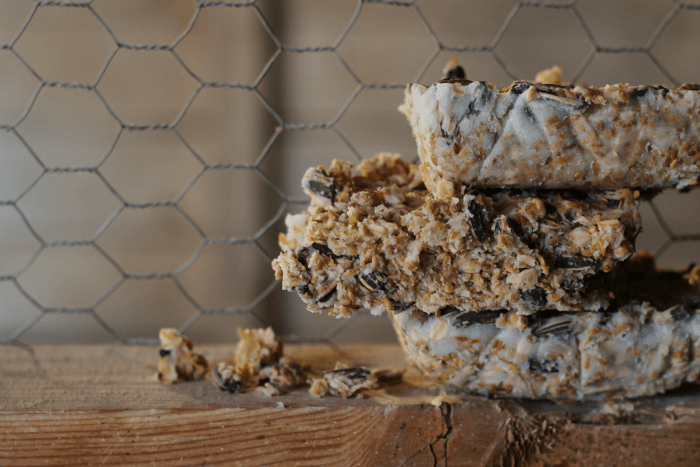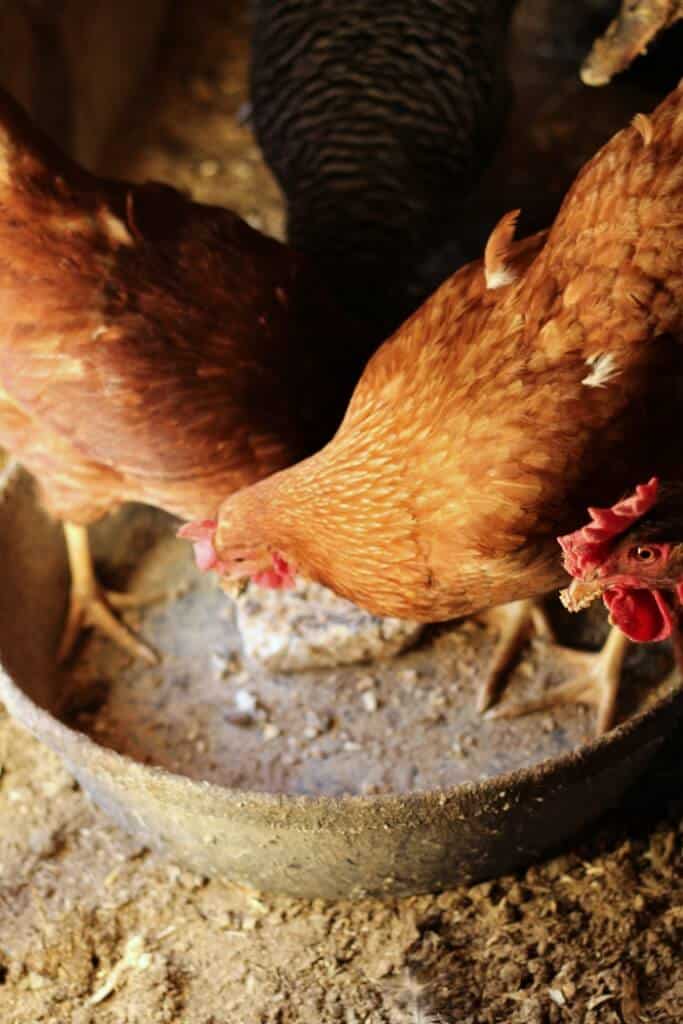Bluetongue warning

The UK is at risk of an outbreak during the spring or summer months, with an outbreak in late summer rated the most likely.
Farmers are being urged to monitor their stock carefully following the ongoing presence of bluetongue disease in France.
The advice to report any clinical signs of disease immediately comes as the latest risk assessment from the Animal and Plant Health Agency (APHA) published today reveals the UK is at risk of an outbreak during the spring or summer months, with an outbreak in late summer rated the most likely. This would be the result of infected midges being blown across from France to the South East of England.
The disease does not affect people, meat or any other animal products including milk.
Bluetongue can cause illnesses in domestic and wild ruminants such as sheep, cattle, goats, deer, llamas and alpacas. The risk of an incursion in the UK is highly dependent on the level of disease on the continent, the proximity to the UK of cases in the rest of Europe and the weather, including temperature and wind direction. We have robust disease surveillance procedures in place and are working closely with the Devolved Administrations and livestock industry.
Restriction zones are already in place in France to control the spread of the disease, and if bluetongue were to be found circulating in the UK, similar measures such as movement restrictions would be put in place in line with our National Control Strategy across the Devolved Administrations. By reducing the rate of the spread of disease this could help reduce the impact of the disease on businesses.
Commenting on the latest risk assessment, Government Deputy Chief Vet Simon Hall said:
We have robust disease surveillance procedures in place and are working closely with the livestock industry to carefully monitor the situation in France where bluetongue disease control measures are in place.
The risk of incursion from infected midges is difficult to predict at this stage because it is highly dependent on the level of disease on the continent, the proximity to the UK and the weather.
Animal keepers should remain vigilant for any signs of disease and report any suspicions to their vet and the Animal and Plant Health Agency immediately. Livestock keepers should also consider with their vet if vaccination is an option which would benefit their business.
British Veterinary Association Senior Vice President Professor John Blackwell added:
We strongly encourage all farmers to closely monitor their stock for bluetongue symptoms - particularly sheep that are most susceptible to the disease - including eye and nasal discharge, drooling, swelling around the head or mouth, lethargy and lameness.
Vets are there to support farmers in protecting the health and welfare of their livestock. We’d recommend farmers speak to their local vet about the benefits of vaccination, given their locality and individual circumstances, and especially if farmers have any concerns about their livestock.
Commenting on the UK’s world class surveillance and response capabilities, Professor Peter Mertens of The Pirbright Institute, the centre for bluetongue epidemiology research in Europe, said:
Diagnostic tests used to detect the virus were developed at The Pirbright Institute so we are confident that these tests are fast and reliable. It would appear that the virus circulating now is almost identical to the virus outbreak in 2007 therefore we know exactly what to expect and are well prepared.
Finally NFU Chief Adviser on Animal Health and Welfare, Catherine McLaughlin, added:
We are taking the threat of bluetongue seriously and urge all ruminant keepers to maintain vigilance for signs of disease. Vaccine is effective and we recommend farmers have a conversation with their veterinary surgeon to inform their decision based on their business risk.
http://www.smallholder.co.uk
The advice to report any clinical signs of disease immediately comes as the latest risk assessment from the Animal and Plant Health Agency (APHA) published today reveals the UK is at risk of an outbreak during the spring or summer months, with an outbreak in late summer rated the most likely. This would be the result of infected midges being blown across from France to the South East of England.
The disease does not affect people, meat or any other animal products including milk.
Bluetongue can cause illnesses in domestic and wild ruminants such as sheep, cattle, goats, deer, llamas and alpacas. The risk of an incursion in the UK is highly dependent on the level of disease on the continent, the proximity to the UK of cases in the rest of Europe and the weather, including temperature and wind direction. We have robust disease surveillance procedures in place and are working closely with the Devolved Administrations and livestock industry.
Restriction zones are already in place in France to control the spread of the disease, and if bluetongue were to be found circulating in the UK, similar measures such as movement restrictions would be put in place in line with our National Control Strategy across the Devolved Administrations. By reducing the rate of the spread of disease this could help reduce the impact of the disease on businesses.
PROMOTED STORIES
-
New Policy in UK – If you Don’t Have Life Insurance You Better Read This… (Money Saving News)
-
Brilliant Laser Eye Treatment Sweeping The UK (Clinic Compare)
-
11 film locations from future blockbusters (Skyscanner)
-
How equity release changed our lives (Reader's Digest)
-
The average salary in London is £39,623. Find out how much you're worth. (Adzuna on The Independent News)
We have robust disease surveillance procedures in place and are working closely with the livestock industry to carefully monitor the situation in France where bluetongue disease control measures are in place.
The risk of incursion from infected midges is difficult to predict at this stage because it is highly dependent on the level of disease on the continent, the proximity to the UK and the weather.
Animal keepers should remain vigilant for any signs of disease and report any suspicions to their vet and the Animal and Plant Health Agency immediately. Livestock keepers should also consider with their vet if vaccination is an option which would benefit their business.
British Veterinary Association Senior Vice President Professor John Blackwell added:
We strongly encourage all farmers to closely monitor their stock for bluetongue symptoms - particularly sheep that are most susceptible to the disease - including eye and nasal discharge, drooling, swelling around the head or mouth, lethargy and lameness.
Vets are there to support farmers in protecting the health and welfare of their livestock. We’d recommend farmers speak to their local vet about the benefits of vaccination, given their locality and individual circumstances, and especially if farmers have any concerns about their livestock.
Commenting on the UK’s world class surveillance and response capabilities, Professor Peter Mertens of The Pirbright Institute, the centre for bluetongue epidemiology research in Europe, said:
Diagnostic tests used to detect the virus were developed at The Pirbright Institute so we are confident that these tests are fast and reliable. It would appear that the virus circulating now is almost identical to the virus outbreak in 2007 therefore we know exactly what to expect and are well prepared.
Finally NFU Chief Adviser on Animal Health and Welfare, Catherine McLaughlin, added:
We are taking the threat of bluetongue seriously and urge all ruminant keepers to maintain vigilance for signs of disease. Vaccine is effective and we recommend farmers have a conversation with their veterinary surgeon to inform their decision based on their business risk.
http://www.smallholder.co.uk





